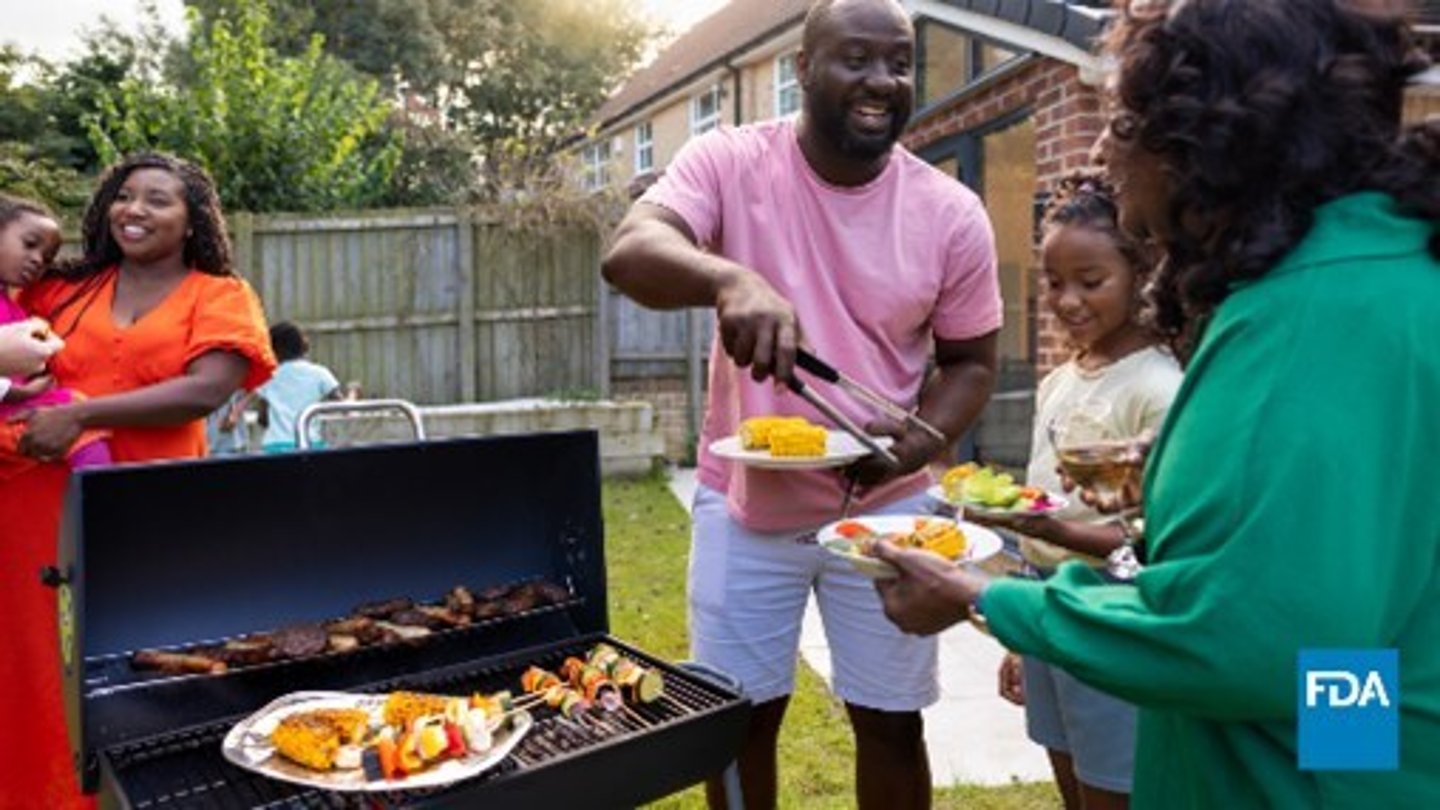FDA Offers Food Safety Advice While Eating Outdoors
As retailers are in the midst of summertime promotions that tout the joys of picnics and barbecues, the U.S. Food and Drug Administration (FDA) is reminding consumers to keep food safety in mind when eating outdoors.
The agency warns that this time of year is a favorite for foodborne bacteria that cause foodborne illness, because they multiply faster at temperatures between 40°F and 140°F.
[RELATED: Boar’s Head Expands Food Recall Due to Deadly Listeria Outbreak]
The FDA has provided the following tips for picnics or barbecues:
- Defrost meat, poultry and seafood separately in the refrigerator. If thawed by completely submerging the item under running cold water or defrosting in the microwave, cook the food immediately afterward.
- Never reuse marinade that touched raw foods unless you boil it first. Instead, you can set some of the marinade aside before marinating food to use for sauce later.
- Marinate foods in the fridge, not the countertop.
- Wash all produce before eating, even if you plan to peel it. The knife you use to peel it can spread bacteria into the part you eat. Produce that is pre-cut or peeled should be refrigerated or kept on ice to maintain quality and safety.
- If your picnic site doesn't offer clean-water access, bring water and soap or pack moist disposable towelettes for cleaning surfaces and hands.
- Don't forget to pack a food thermometer.
For packing coolers, FDA recommends the following:
- Place food from the refrigerator directly into an insulated cooler immediately before leaving home.
- Use ice or ice packs to keep your cooler at 40°F or below.
- Pack raw meat, poultry and seafood in a separate cooler, or wrap it securely and store at the bottom of the cooler where the juices can't drip onto other foods.
- Place beverages in a separate cooler; this will offer easy drink access while keeping perishable food coolers closed.
- Minimize the time that coolers are held in the trunk of the car, as the trunk can get very hot. Bacteria can multiply rapidly at high temperatures. Once at the picnic site, keep coolers out of direct sunlight, keep food in coolers until serving time and avoid opening the lids often.
For grilling, the agency recommends the following:
- Have clean utensils and platters available. Cook meat, poultry and seafood to the right temperatures ─ use a food thermometer to be sure (see FDA's Safe Minimum Cooking Temperatures Chart). Keep cooked meats hot at 140°F or warmer until serving time — set them to the side of the grill rack to keep them hot.
- When removing foods from the grill, place them on a clean platter. Never use the same platter and utensils for cooked food that you used for raw meat, poultry or seafood.
In addition, FDA advises consumers not to let hot or cold food sit in the "Danger Zone" (between 40°F and 140°F) for more than two hours – or one hour if the outdoor temperature is above 90°F. If the food is out there any longer, throw it away.






